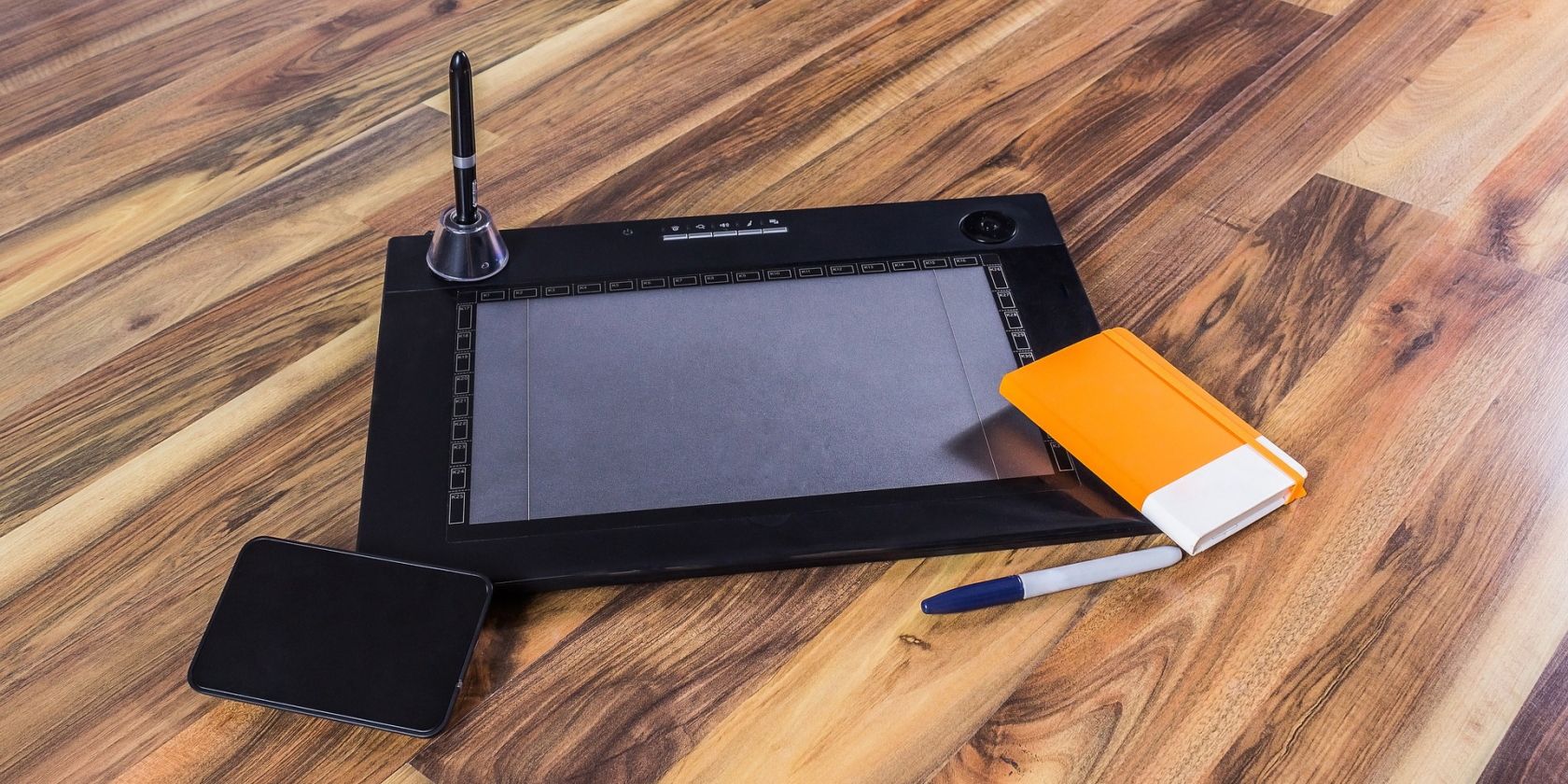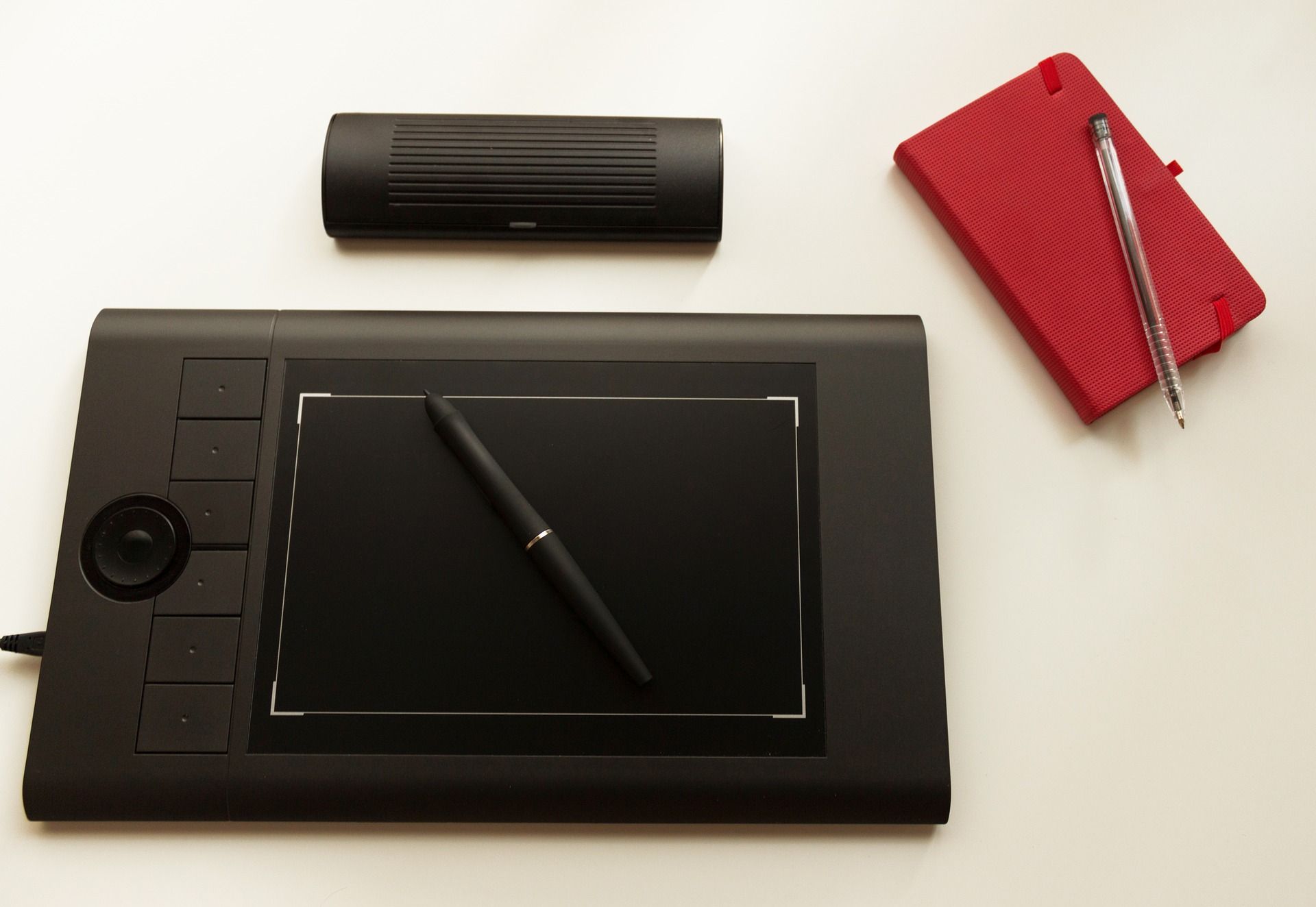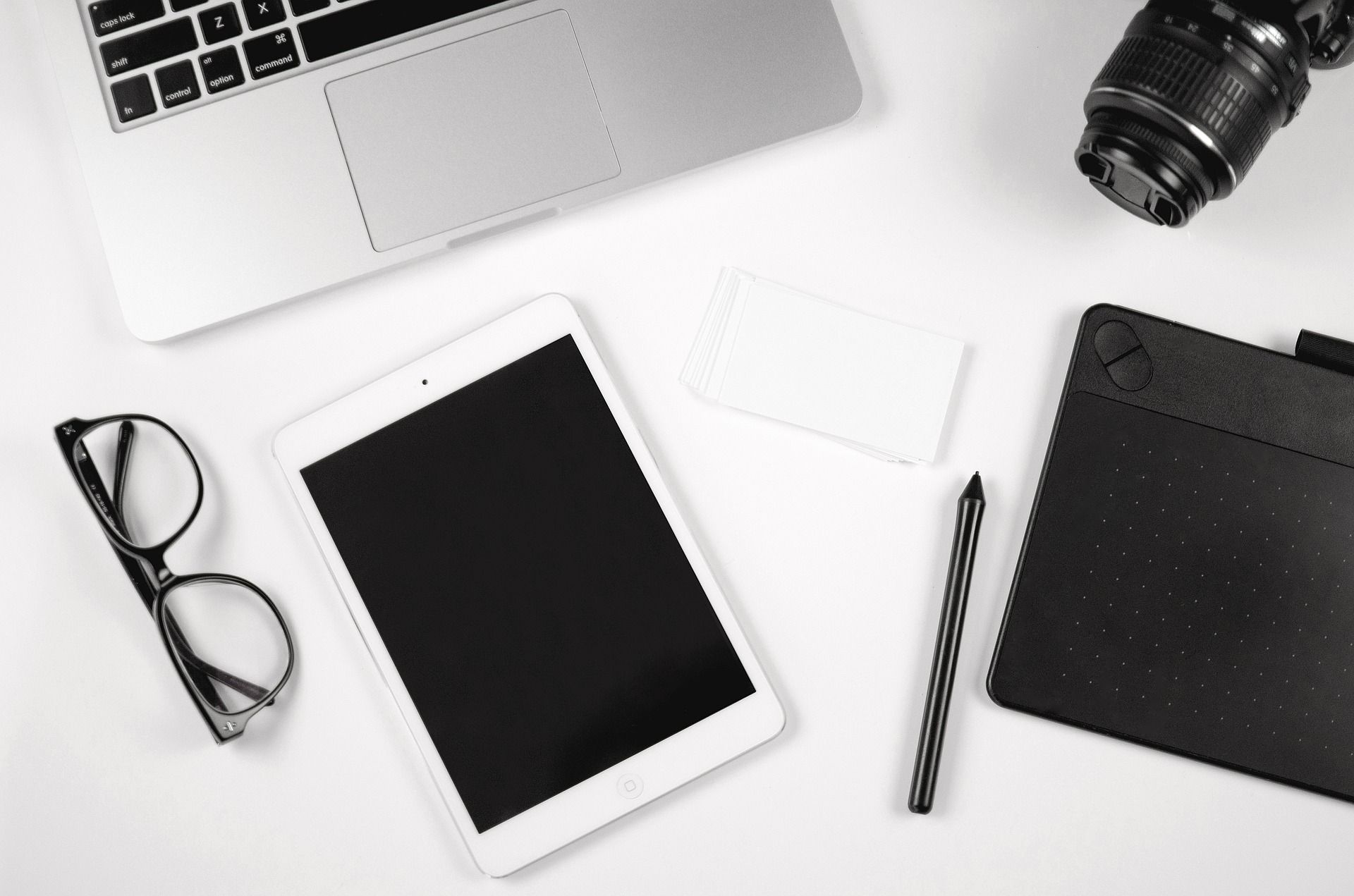Whether you’re a digital artist or just want to simplify your work in the digital space, using a graphics tablet or a pen display can be very advantageous. But how do you decide which one is right for you?
Each comes with its own pros and cons, depending on your preferences. Knowing which one is better for your business (or even hobby) is key in making the right choice, and we’re here to help. This article discusses the uses of and main differences between pen displays and graphics tablets.
Pen Displays vs. Graphics Tablets: How Do They Work?
At their core, both pen displays and graphics tablets have the same main function: they are two types of hardware input devices, which (when connected to a screen) transform your artwork into digital form using a stylus/pen. Whether it’s art, sketches, or designs, using a pen display or a graphics tablet can be the easiest way to transfer your work onto a screen.
There are some major differences between pen displays and graphics tablets which can make them more or less useful for someone, depending on the type of work they do. The main difference is that one has a screen, whereas the other doesn’t.
A pen display is both an input device and a monitor. This means that while the image or sketch you are working on can be projected onto the main screen of choice (PC, laptop, and so on), you will also be able to see it while moving the stylus on the display of the tablet; the same way you’d be able to see your work as you move a pen over paper.
A graphics tablet, on the other hand, is an input device only. It doesn’t work as a monitor, which means that you will have to watch the main screen that you’ve connected the tablet to in order to see your work. You won’t see it directly on your work surface, so you will have to get used to moving the pen on the tablet while your eyes watch the drawing on the monitor.
The Advantages of a Pen Display
The main advantage of using a pen display—also called a drawing tablet—is the fact that drawing on its surface feels almost identical to drawing on paper. You do your work as you normally would and get to watch every change and detail in real-time on the screen of the tablet, while it transforms your design or artwork into digital form.
Another huge advantage of a pen display is that you are not required to connect it to a computer or monitor, as you can simply use the drawing tablet on its own. This handy gadget acts as both an input device and as its own monitor.
This hands-on visibility of your work can speed up your workflow, while you also have the option of viewing it from another perspective, aka the main monitor.
Portability is another great advantage of using a pen display. You’ll be able to draw on it anywhere, anytime, not depending on a computer or a bigger screen to see what you’re doing.
The Disadvantages of a Pen Display
The main disadvantage of a pen display is that you’ll need to be careful with handling it because the touchscreen tends to be sensitive and less durable than a graphics tablet, especially if too much pressure is applied. Rough movements or heavy pressure can quickly cause screen degradation and color sparkles.
Another disadvantage of pen displays is that they are more expensive than graphics tablets.
The Advantages of a Graphics Tablet
Unlike pen displays, graphics tablets don’t have as many fragile components; especially the work surface, it’s much less fragile. Therefore, durability and resistance are two of the biggest advantages when using a graphics tablet.
Many graphics tablets have pressure sensitivity which gives you more control and accuracy over your drawings or sketches and can make it feel like you’re drawing with pen on paper every time you use the stylus on the work surface—not too dissimilar from a pen display.
Graphics tablets are also more affordable than pen displays, so if you’re a digital artist looking for a budget-friendly option, this might be the best route for you.
The Disadvantages of a Graphics Tablet
Firstly, you will always need to connect the graphics tablet to a computer with a screen in order to use it. This means you won’t be able to use it where you don’t have access to a main monitor; it’s not really portable like a pen display, despite its compact form.
You’ll only be able to visualize your work in real-time on another screen, which means you’ll have to split your attention into two. This gives you a less hands-on experience, and you’ll need to constantly move your eyes from your hand to the screen, which takes quite a bit of hand-eye coordination effort.
Pen Displays and Graphics Tablets Both Have Pros and Cons
Choosing between a pen display and a graphics tablet will depend on your preferences and experience level, as well as on your budget and your expectations for the drawing experience.
If you are new to digital art, a pen display is probably the better choice since you will have a more hands-on experience with what you draw in real-time.
Graphics tablets are ideal for those on a budget, or if you’re a more experienced artist who doesn’t necessarily need to see what they’re doing on the display and has good hand-eye coordination.
The pros and cons of pen displays and graphics tablets that we’ve discussed here should help you make the best decision for what to spend your money on.



